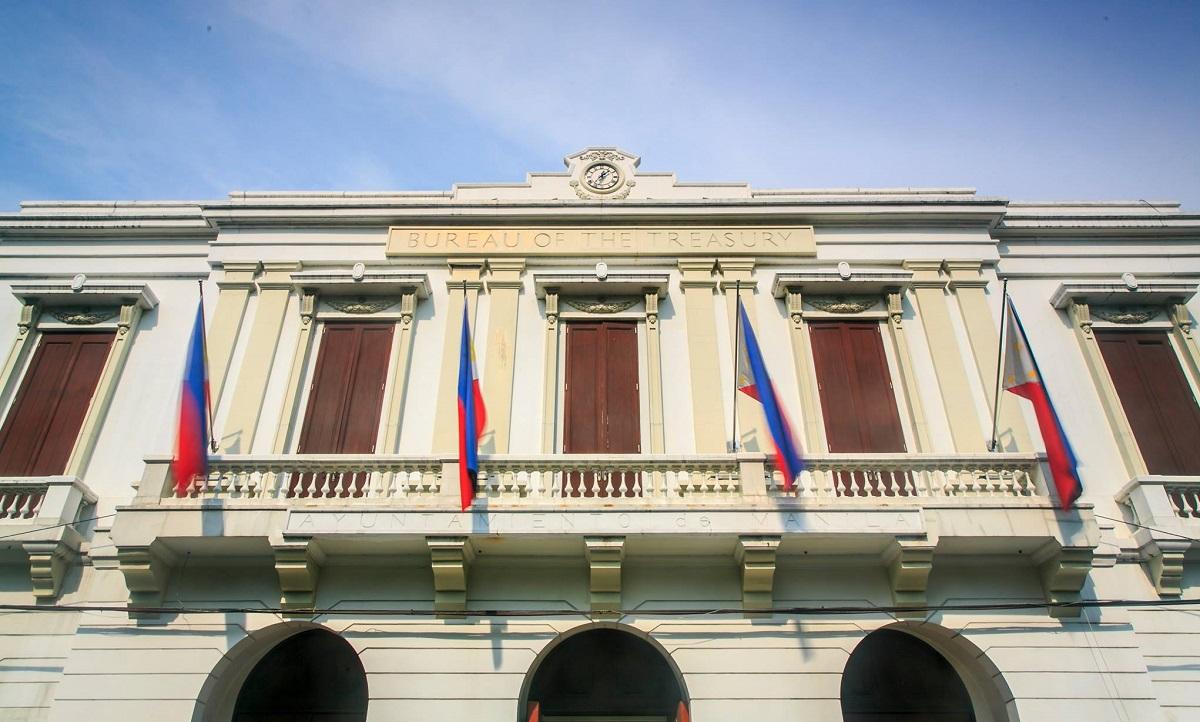Philippine debt balloons to new record-high P12.76T as of end-April

The Philippine government’s running debt pile bloated further to a new record-high as of end-April 2022 amid continued borrowing efforts to boost the state’s coffers in response to the requirements of reviving the pandemic-battered economy, Bureau of the Treasury (BTr) reported Thursday.
Data released by the Treasury show the national government's total outstanding debt amounted to P12.763 trillion.
This was an increment of 0.7% or P83.40 billion from the P12.68 trillion debt stock recorded as of end-March.
JUST IN: The national government’s running debt pile ballooned to a new record-high of P12.76 trillion as of end-April, the Bureau of the Treasury reported. pic.twitter.com/EMEYZD0paG
— Ted Cordero (@Ted_Cordero) June 2, 2022
The increase was attributed “to the net issuance of government securities to both local and external lenders and the depreciation of the local currency against the US dollar,” according to the BTr.
Debt-to-GDP ratio
As of the first quarter of the year, the country’s debt-to-gross domestic product (GDP) ratio -- the size of the state’s debt relative to the size of the economy -- stood at 63.5%, its highest in 17 years and well over the internationally recommended threshold of 60% of the economy.
Now, the task of managing the country’s fiscal position will be in the hands of incoming President-elect Ferdinand Marcos Jr. and his economic team to be lead by incumbent Bangko Sentral ng Pilipinas Governor Benjamin Diokno.
The outgoing government is projected to incur P3.2 trillion in additional debt following the COVID-19 pandemic which could bring the debt level to reach P13.1 trillion by the end of 2022, above the original plan of only around P9.9 trillion.
Fiscal consolidation plan
Recently, the Department of Finance (DOF) unveiled a fiscal consolidation plan aimed at raising an average P284 billion annually for the next 10 years to pay the historic P3.2 trillion additional debt incurred due to the COVID-19 pandemic.
But, the fiscal consolidation plan involves implementing new taxes, deferring personal income tax reductions, and expanding the value added tax base.
Incoming Finance chief Diokno, however, said that he is fine with the last two tax reform packages to be left by the Duterte administration, namely the tax packages on real property valuation and passive income and financial taxes.
“Other than that, we should stop first looking at tax reform… we are happy with the present tax structure,” Diokno said.
Domestic, foreign borrowings
Of the total P1.276-trillion outstanding debt, 30% was sourced externally, and the 70% share was from domestic borrowings.
In particular, the national government’s domestic debt totaled to P8.935 trillion, 0.8% or P67.2 billion higher than the P8.868 trillion posted as of end-March.
According to the Treasury, the increase in local borrowings was “primarily due to the net availment of domestic financing amounting to P66.30 billion.”
Foreign debt, on the other hand, amounted to P3.827 trillion, up 0.4% or P16.199 billion from P3.811 trillion as of end-March.
“For the period, the increment to external debt was due to the net availment of external loans amounting to P28.56 billion and the effect of peso depreciation against the US dollar amounting to P31.50 billion,” the BTr said.
It noted that the local currency weakened against the dollar from P51.906:$1 as end-March to P52.335:$1 as of end-April.
“This was tempered by adjustments in third currencies amounting to P43.86 billion,” it said. —LBG, GMA News



